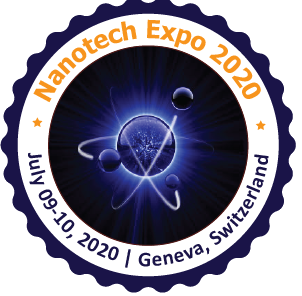
Roey Elnathan
Monash University, Australia
Title: Engineered cell–nanostructured interfaces: from self-assembly to cellular manipulation
Biography
Biography: Roey Elnathan
Abstract
The complexity of engineered nano-bio cellular interfaces is extraordinary: well-defined nanomaterial morphologies merge with organic living systems into a powerful nano-bio cellular interface. This is capable of producing revolutionary advances in the life sciences, particularly in cellular nanobiotechnology. Advances in nanofabrication have allowed reliable and reproducible fabrication of diverse 1D nanostructures, including vertically aligned silicon nanowire (VA-SiNW) arrays with adaptable and programmable architecture, and nanostraws with hollow cores. These tuneable vertically configured nanostructures have been instrumental in spurring advances in four main fields of cellular nanotechnology: nanoelectrode-based electrophysiology; biosensing; mechanotransduction; and the focus of this talk – intracellular delivery. Intracellular delivery, the introduction of extrinsic material into cells, is essential for a plethora of biomedical research and clinical applications. For the specific case of cell–nanotopography interactions, the production of customised lithographical mask to grow VA-SiNW arrays with adaptable and programmable designs by means of metal assisted chemical etching (MACE), and, alternatively deep reactive ion etching (DRIE) have proven to play a central role in probing key cellular function and behaviour. Crucially, and different from existing alternatives for fabricating VA-SiNW, this bottom-up/top-down combination allows precise control of NW etching site locations, enabling independent control of SiNW-element spacing and diameter and more complex and hierarchical architectural designs. In particular, engineered cell–nanostructured interfaces driven by VA-SiNW arrays are now playing a key role as a platform for orchestrating key cell functions, behaviours, and fate conversions. The key advantage of VA-SiNW arrays lies in their enhanced interaction at the interface between cells and NWs due to their nanoscale dimension, enabling the bidirectional informational flow – biochemical/biophysical signals from or to the intracellular environment. Achieving greater control over adjustable structural design and fabrication of nanoscale substrate topographies will increase the likelihood of their incorporation into a broad range of life-science applications, including delivery of bioactive cargos at the subcellular level, as well as the influence of extracellular cues on cellular processes.

